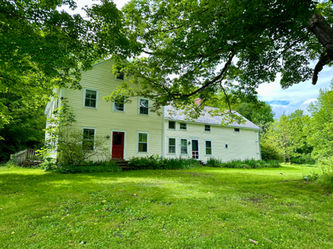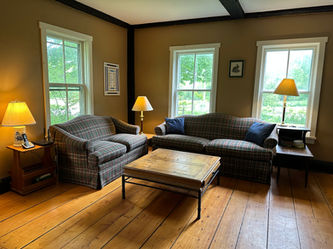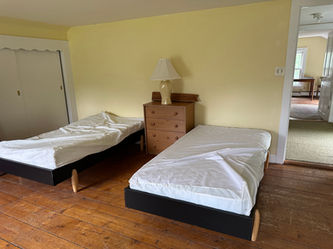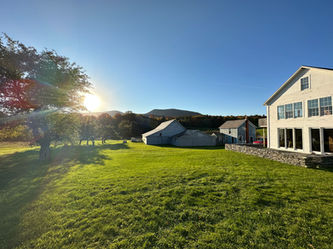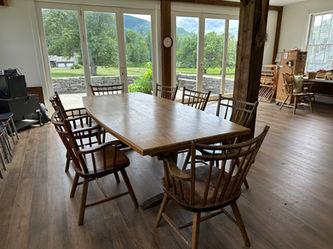Living Lab
The Forest
Smokey House Center is defined by the sprawling 3,950 acres of forestland that make up the majority of the property. Heterogeneity in soils, topography, and past land use history has resulted in a remarkably diverse mix of forest types, natural communities, and wildlife habitat across the property. The resulting matrix of forested ecosystems–nearly all of which have been protected under a New England Forest Foundation conservation easement since 2002–have provided the foundation for the work that has been conducted at Smokey House for decades.
Looking to the future, Smokey House’s forest will be the canvas on which the work of the Living Lab will be conducted; the very characteristics that make the forest so ecologically unique also make it ideal for research and education. In 2021, post-graduates of the Forest School at the Yale School of the Environment developed a forest management plan that has allowed Smokey House to move from a production-focused current use designation to one that emphasizes conservation. This will afford Smokey House new flexibility in taking a balanced and creative approach to multi-use forest management that involves active management, creation of reserves, applied research and demonstration, youth education and much more.
To learn more about the forest at Smokey House consider checking out the conservation management plan.

Defining Characteristics
-
There is an elevation range of 2,555 feet across the property's forest.
-
The property makes up part of the headwaters of Mill Brook, which feeds into Otter Creek and eventually Lake Champlain.
-
A significant portion of the forest resides above 2,500 feet in elevation (only 3% of Vermont’s forests are found above 2,500 feet).
-
As of 2022, 4,265 acres of the forest are enrolled under Vermont’s conservation Current Use category, providing Smokey House with added flexibility when it comes to long-term planning and management.
-
A unique land use history and legacy of forest management has resulted in structurally diverse forest stands that represent all stages of forest succession from early successional habitat to old forest.
-
A 40 acre active sugarbush is managed and operated by Smokey House staff, adding another use to the working landscape.
-
Over 1,000 acres of the forest are at least one-mile from any active roads.

Forest Types
From productive lowland forests to high elevation montane spruce stands, the variety of forest types at Smokey House is truly special:
-
583 acres of diverse northern hardwood forests dominated by species such as sugar maple, white ash, American beech and black cherry.
-
883 acres of enriched northern hardwood forests with exceptionally productive, calcium rich soils that house biodiverse plant communities.
-
1,534 acres of northern hardwoods mixed with red spruce and yellow birch at higher elevations.
-
460 acres of softwood and mixed forests, containing hemlock and white pine at lower elevations.
-
417 acres of high elevation red spruce and balsam fir forests that are of particularly significant ecological value.
-
83 acres of speckled alder-dominated swamplands home to a diversity of wetland plant and animal species.
Interested in doing research at Smokey House Center?
Contact Walker Cammack
Program Director
Living Lab at Smokey House Center





